PPT-EXPANDED PROGRAM ON IMMUNISATION IN SOUTH AFRICA (EPI-SA)
Author : yvonne | Published Date : 2023-11-20
SAHPRA WEBINAR ON ADVERSE EVENTS REPORTING E MASETI DEPUTY DIRECTOR EXPANDED PROGRAM ON IMMUNISATION NATIONAL DEPARTMENT OF HEALTH 6 NOVEMBER 2023 2 SIDE EFFECTS
Presentation Embed Code
Download Presentation
Download Presentation The PPT/PDF document "EXPANDED PROGRAM ON IMMUNISATION IN SOUT..." is the property of its rightful owner. Permission is granted to download and print the materials on this website for personal, non-commercial use only, and to display it on your personal computer provided you do not modify the materials and that you retain all copyright notices contained in the materials. By downloading content from our website, you accept the terms of this agreement.
EXPANDED PROGRAM ON IMMUNISATION IN SOUTH AFRICA (EPI-SA): Transcript
Download Rules Of Document
"EXPANDED PROGRAM ON IMMUNISATION IN SOUTH AFRICA (EPI-SA)"The content belongs to its owner. You may download and print it for personal use, without modification, and keep all copyright notices. By downloading, you agree to these terms.
Related Documents

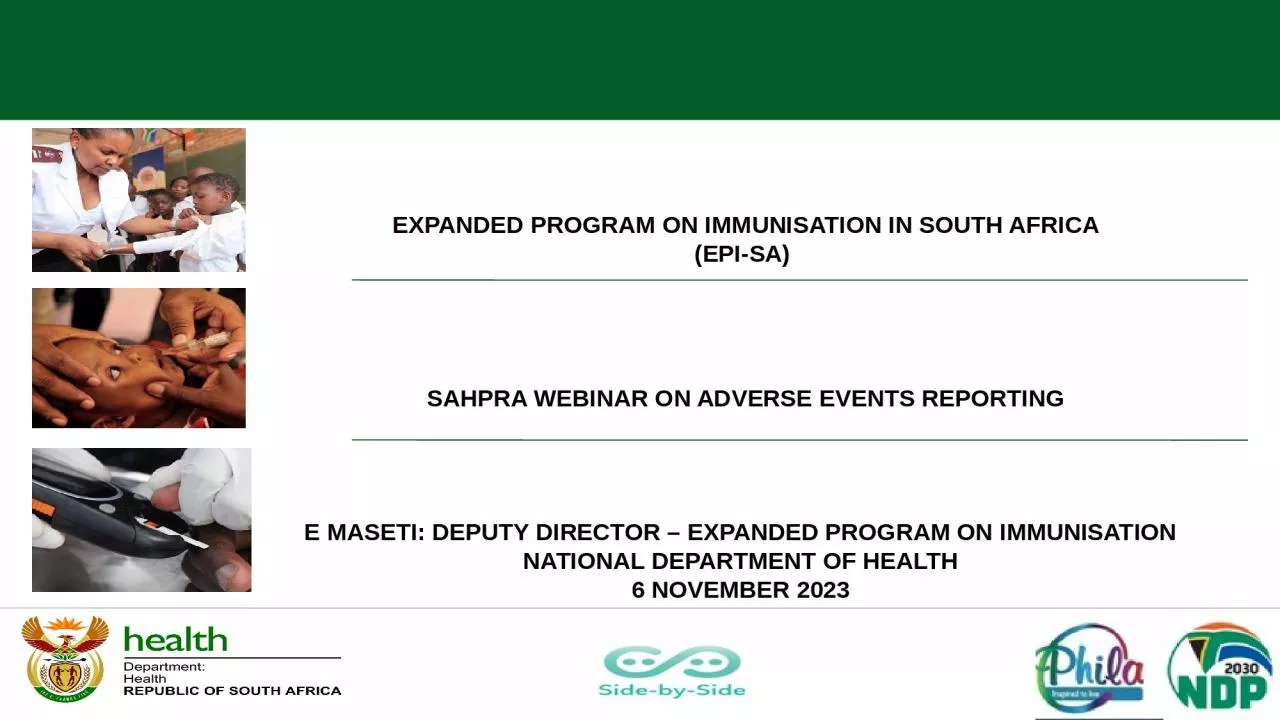

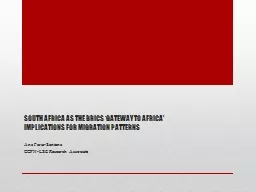





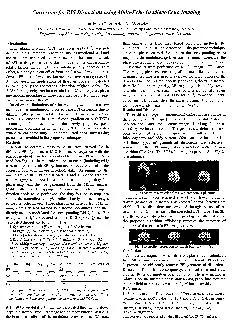
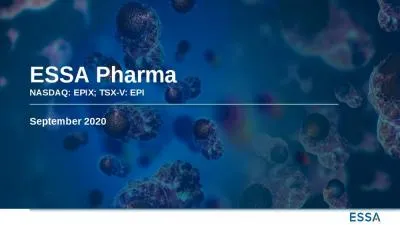
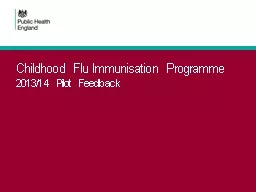
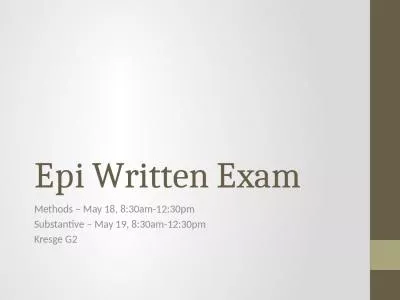
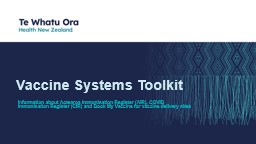
![Immunisation, vaccination and anaphylaxis [Part 1]](https://thumbs.docslides.com/1044863/immunisation-vaccination-and-anaphylaxis-part-1.jpg)